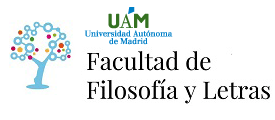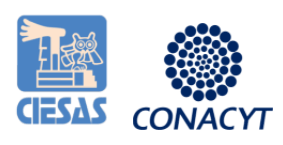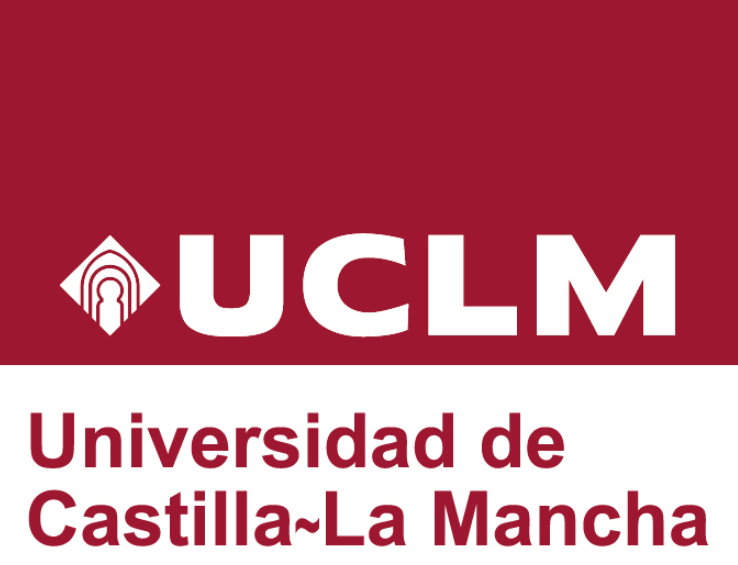Transits vs. Frontiers: Art Practices on the Borders.
Among the themes of anthropological interest that in the "return of the real" (Foster) are addressed by contemporary art, there is that of migration, articulated in the form of nomadism or, more frequently, in that of diaspora or refugee condition. However, when the free movement of goods is invoked, on the contrary the free movement of persons is increasingly opposed. Among the various strategies for this purpose is the reification of national borders, expression of the geographical and political imagination of the last century now marked also with walls construction.
Those that separate Europe and the Middle East or Mexico and the United States are exemplary and, in relation to this last frontier, a current of artistic research called “border art” was born thirty years ago, having Guillermo Gómez-Peña as its precursor, in order to creatively explore the dimension of the border, migrations, identities, and economic and social inequalities. Still, this border has then become a place for continuous artistic interventions, with studies and discussions about the meaning, value and repercussions of such practices.
But border art as a conceptual practice opens up the possibility of exploring similar concerns on an international level too (as in the case of the works by Abel Barroso, Runo Lagomarsino, Isaac Julien), in other geographical contexts (such as in the Mediterranean) and with different means of research and expression that make the artist more and more an activist attempting to balance propaganda, colonial and defective narratives, often not coherent with historical reality.
(*)El autor o autora no ha asociado ningún archivo a este artículo









